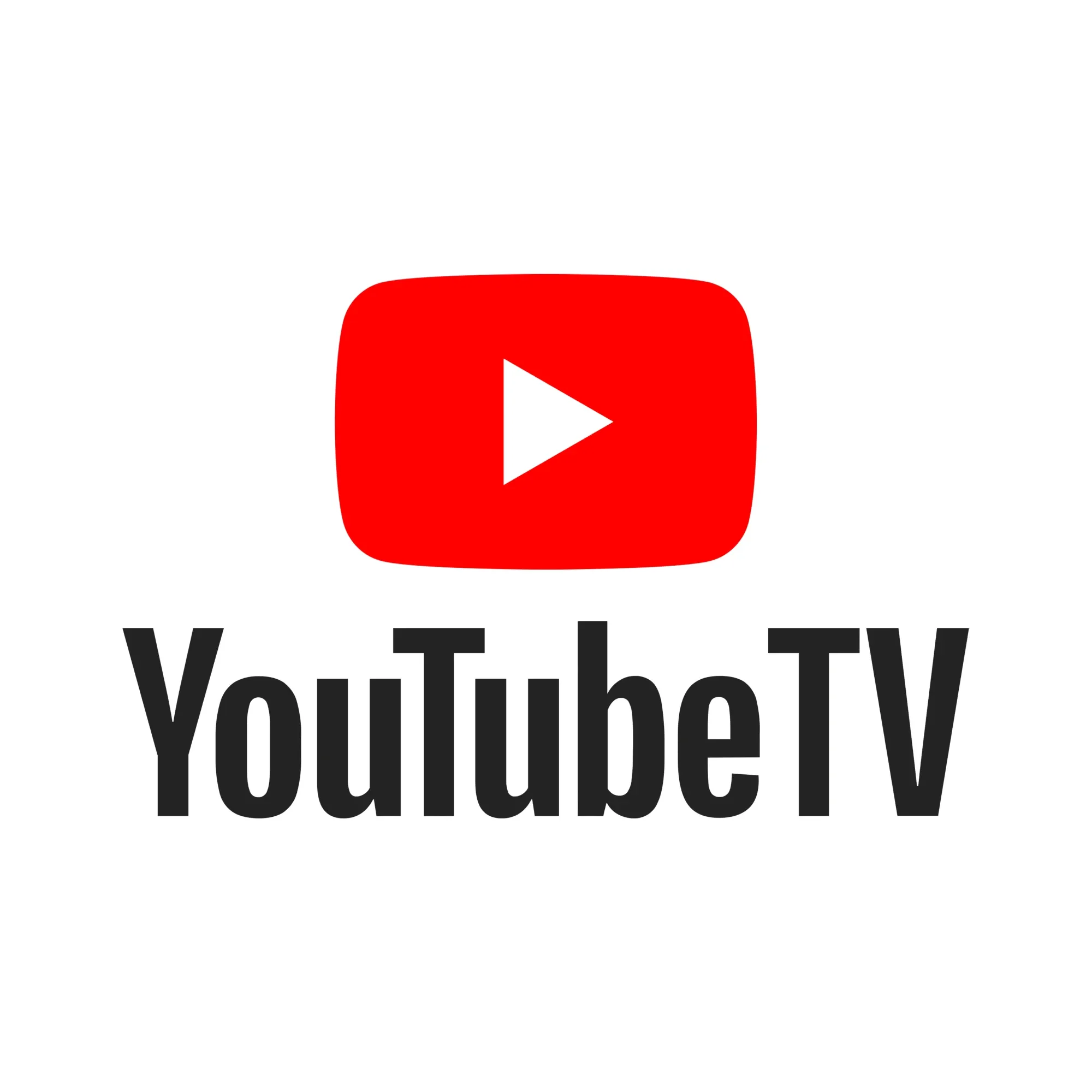YouTube and Paramount fail to reach deal, channels to go dark February 13
Contract dispute between tech and media giants leads to removal of CBS, MTV and other Paramount channels from YouTube services.

YouTube and Paramount have failed to reach a new distribution agreement, resulting in millions of subscribers losing access to major television networks and streaming services starting February 13, 2025, according to announcements from both companies.
The dispute affects YouTube TV's live television service and YouTube's Primetime Channels feature, impacting access to prominent networks including CBS, MTV, Nickelodeon, Comedy Central and BET. According to statements released on February 12, negotiations between the companies continue but have not yielded an agreement that would prevent service interruptions.
For YouTube TV subscribers, the change means losing access to 26 national channels and 10 local CBS affiliate stations. YouTube TV has committed to providing an $8 monthly credit to subscribers for the duration of the blackout. Paramount+ standalone subscriptions, which start at $7.99 per month, remain available directly through Paramount.
"We've been working hard to reach a fair agreement with Paramount that allows us to keep their channels without passing on additional costs to our subscribers," YouTube stated in its announcement. "Unfortunately, despite our good faith negotiations, we haven't been successful yet."
The dispute represents one of the largest channel blackouts in recent streaming television history, affecting both traditional TV content through YouTube TV and streaming offerings via YouTube Primetime Channels. Subscribers will lose access to all Paramount content, including previously recorded shows and movies in their cloud DVR libraries.
Beyond the main broadcast and cable networks, the removal impacts specialized channels like CBS Sports Network, MTV Classic, Nick Jr., and the Smithsonian Channel. Local CBS stations being dropped include major markets such as Atlanta, Boston, Dallas-Fort Worth, New York, Philadelphia, Pittsburgh, Sacramento, San Francisco, Seattle and Tampa Bay.
For YouTube Primetime Channels users, the disruption means losing access to Paramount+, Paramount+ International, and BET+ streaming services. YouTube has indicated it will process automatic refunds for the final billing period.
The dispute highlights ongoing tensions between streaming platforms and traditional media companies as both sides navigate the rapidly evolving television landscape. Similar carriage disputes have become increasingly common as content providers seek higher fees while distributors attempt to control costs for subscribers.
YouTube TV, which launched in 2017, has grown into one of the largest internet-based television providers in the United States. The service offers more than 100 channels and has become a significant competitor to traditional cable and satellite providers.
Both companies indicated they remain in active negotiations. "We're still in conversations with Paramount and are hopeful we can come to an agreement to keep their content available," YouTube stated. However, neither side has provided specific details about the points of contention in their negotiations.
The timing is particularly significant as it comes during the middle of the broadcast television season and ahead of major sporting events that air on CBS. Affected subscribers who wish to maintain access to Paramount content will need to subscribe directly through Paramount+ or seek alternative television providers.
For international YouTube TV users and those who subscribe through third-party billing partners such as Apple, Frontier, Google Play Billing, Verizon, or Wow, any future restoration of service will require manual resubscription even if an agreement is reached.
The situation mirrors similar disputes that have occurred between content providers and distributors in recent years as the television industry continues its transition toward streaming-based distribution models. Industry analysts suggest such blackouts may become more frequent as companies negotiate the complex economics of modern video distribution.

